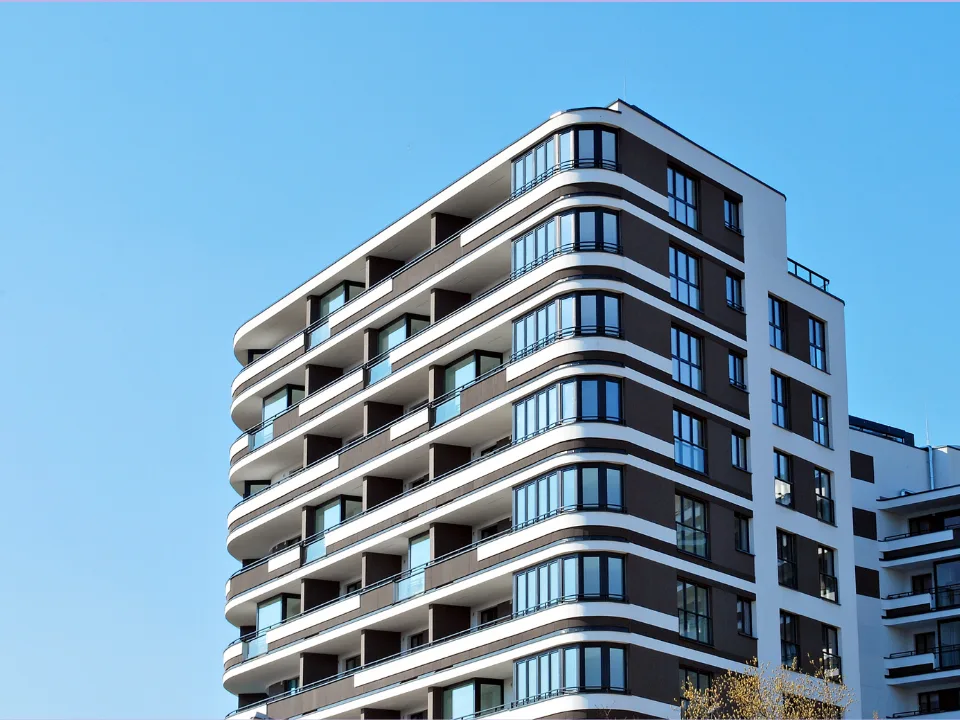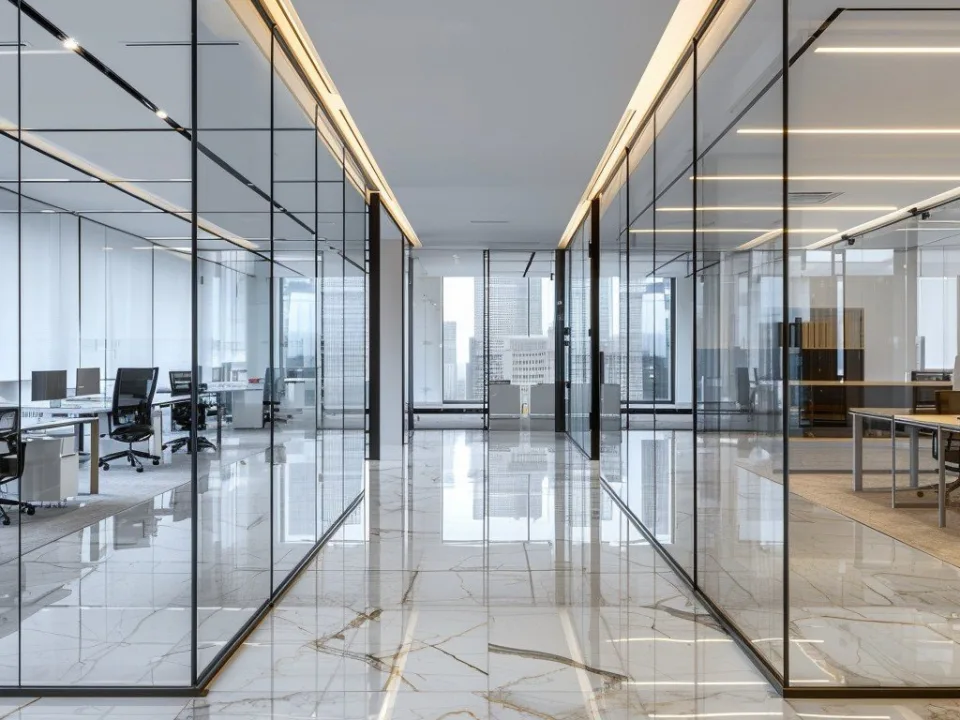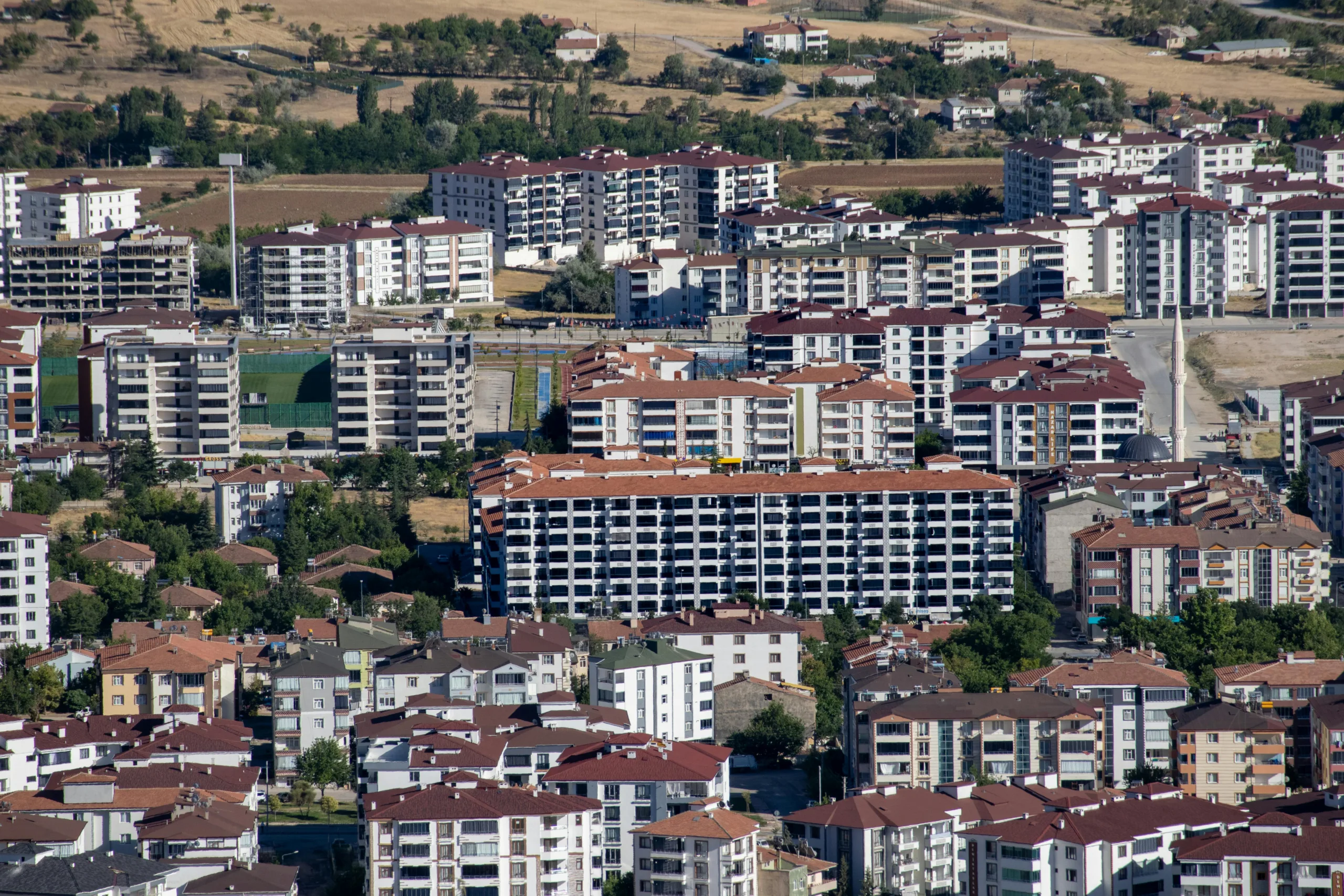- Office conversions are projected to deliver a record 70,700 housing units in 2025, nearly double the previous year.
- Major cities like New York, Boston, and Chicago are offering aggressive incentives to accelerate adaptive reuse projects.
- Affordability mandates and rising construction costs remain key challenges for developers considering conversions.
- Landmark projects like NYC’s SoMA are setting the standard for large-scale office-to-residential redevelopment.
Momentum Builds Around Office Conversions
In the face of record-high office vacancy rates, US cities are doubling down on adaptive reuse strategies—especially converting older office buildings into multifamily housing, reports Multi-Housing News. According to RentCafe, the number of new residential units from office conversions nearly doubled in 2024 and is expected to hit 70,700 in 2025, setting a national record.
The urgency stems from dual crises: a national housing shortage and growing downtown vacancy. Nearly three-quarters of all office conversions involve multifamily, according to CBRE’s Jessica Morin, underscoring how top municipal priorities are aligning with real estate economics.
New York Takes The Lead
New York City is spearheading the charge with over 8,300 units in the pipeline—up 59% year-over-year. The city’s $5B “City of Yes” plan is backed by a suite of new zoning reforms and state tax incentives, including the 467-m program, which offers up to 90% tax abatement for 35 years if affordability requirements are met.
Standout projects include:
- SoMA at 25 Water St.: The largest office-to-residential conversion in the US, transforming a 22-story tower into ~1,300 units.
- 55 Broad St.: A 30-story tower converted into 571 luxury units.
- 235 & 219 E. 42nd St.: A massive 1,600-unit joint venture backed by Northwind Group and Metro Loft.
“Conversions are a pathway to deliver housing in a relatively short time frame,” said Ran Eliasaf, Northwind’s managing partner.
Get Smarter about what matters in CRE
Stay ahead of trends in commercial real estate with CRE Daily – the free newsletter delivering everything you need to start your day in just 5-minutes
Boston And Chicago Make Their Moves
Boston’s Office-to-Residential Program currently has 15 projects in the pipeline totaling 762 units, supported by streamlined approvals and a 75% tax abatement for developments meeting green and affordability standards.
Chicago’s LaSalle Street Reimagined initiative is deploying $250M in TIF funding to repurpose five downtown office buildings. The first project at 79 W. Monroe St. is already underway and will include 117 apartments, 41 of which will be affordable.
Still, affordability mandates are posing financial hurdles. “We want a mixed-income downtown—not just housing for high earners,” said Prataap Patrose from the Boston Planning and Development Agency.
Other Cities Join In
Across the country, municipalities are removing barriers to encourage conversions:
- Minneapolis: Streamlined zoning and paused inclusionary zoning requirements for five years.
- San Francisco: Eliminated planning fees and waived transfer taxes for early conversions.
- Seattle: Offers sales tax deferrals and zoning flexibility.
- Washington, DC: Up to 20-year tax abatements for affordable office-to-housing projects.
However, with only one conversion underway in San Francisco, experts caution that incentives alone might not be enough. “New financing districts and property tax abatements might finally move the needle,” said architect Charles Bloszies.
Why It Matters
Conversions are emerging as a fast, flexible solution to two major urban challenges: underused office real estate and a chronic shortage of housing. With the right mix of incentives and flexibility, they can accelerate development timelines significantly.
According to CBRE’s Eric Stavriotis, pricing and renovation costs remain critical. “It’s not just about acquisition—materials, labor, and taxes are equally important, especially with tariffs in play.”
What’s Next?
While the office conversion trend is gaining momentum, its success hinges on sustained political will, developer confidence, and favorable economic conditions. The volume of conversions may grow, but delivering affordable, mixed-income housing at scale remains a steep hill to climb.
Still, cities are signaling they’re all in—and with nearly 71K units set to debut in 2025, we’ll soon see whether these policies are built to last.


















